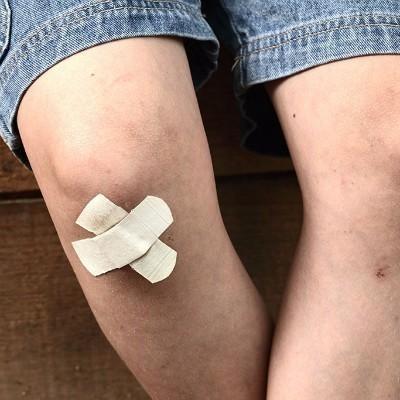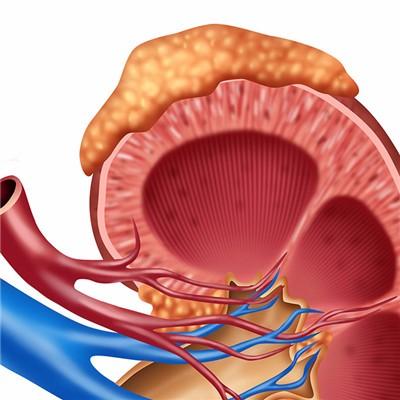Do you have a baby with tongue frenum ulcer?
summary
Do you have a baby with tongue frenum ulcer? Lingual frenulum, commonly known as lingual tendon, refers to a thin strip of tissue between the tongue and the bottom of the mouth when a child opens his mouth and raises his tongue. The normal lingual frenulum can make the tongue move freely, and the tip of the tongue can naturally extend out of the mouth or lick up to the upper gingiva.
Do you have a baby with tongue frenum ulcer?
Under normal circumstances, the lingual frenum of the newborn extends to or near the tip of the tongue. During the development of the tongue, the frenum gradually shrinks to the root of the tongue. The tip of the tongue of normal children gradually moved away from the frenum after 2 years old. Only a few children with abnormal development have too short lingual frenulum. Therefore, the short frenum of tongue in infants should not be regarded as abnormal. It is best to observe that after 2 years old, if the frenum is too short, which affects the tongue extension and hinders the speech clarity, the front part of the frenum membrane can be simply cut off without local anesthesia. If the frenulum is fibrotic, short and thick, that is, the frenulum of tongue is short, the operation should be performed.

The normal lingual frenulum can make the tongue move freely, and the tip of the tongue can naturally extend out of the mouth or lick up to the upper gingiva. However, the development of lingual frenulum in a few children is abnormal, and the phenomenon of too short lingual frenulum (commonly known as climbing tongue) may appear. The clinical manifestations are that the tongue can not stretch forward normally and freely, and the part of the tongue protruding out of the mouth is not as long as that of normal children, and the tip of the tongue is depressed due to the pulling of the tongue tendon when the tongue is stretched forward, and the tip of the tongue is W-shaped (the tip of the tongue in normal people is V-shaped when the tongue is stretched out), May also affect lactation or friction with the lower anterior teeth, ulcers.

The clinical manifestations of too short lingual frenulum vary with the age of the patients and the degree of deformity; During the neonatal period, the sucking frequency may change, and the mother may complain that breast-feeding causes nipple pain; The eruption of teeth may cause traumatic ulcer; With the formation of speech system, the influence on speech will be gradually prominent; If the tip of the tongue is restricted and cannot be lifted to the top of the mouth, it may lead to continuous infantile swallowing, open bite and abnormal jaw development; Abnormal attachment of lingual frenum can also cause occlusal disorder and lingual gingival recession; If the denture is restored, the retention and stability of the denture may be affected; Abnormal EMG of some oral and maxillofacial muscles may lead to abnormal facial patterns and temporomandibular joint diseases. Too short lingual frenulum may also indirectly lead to submandibular duct stomatitis.

matters needing attention
After longitudinal incision along the midline of the lingual frenum on the surface of the lingual muscle, a Z-shaped incision with equal length and opposite direction was made at the upper and lower ends of the incision. Finally, the two triangular flaps were transposed and sutured with interrupted absorbable suture. Some researchers have also improved the operation, and proposed Z-shaped incision of 4 flaps, and "Z" plasty combined with genioglossotomy.














